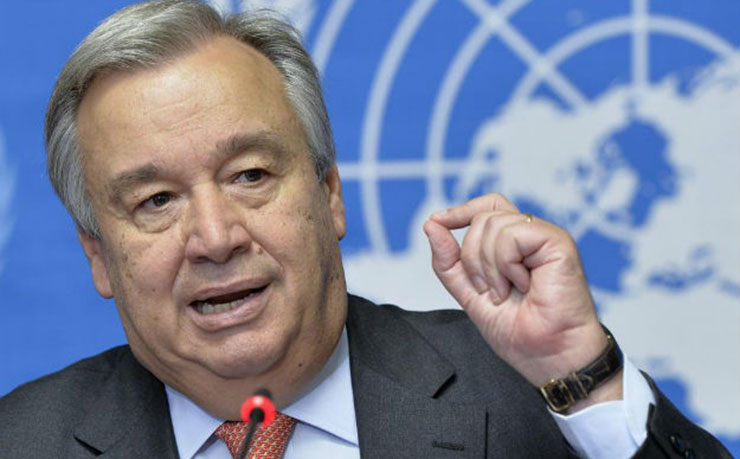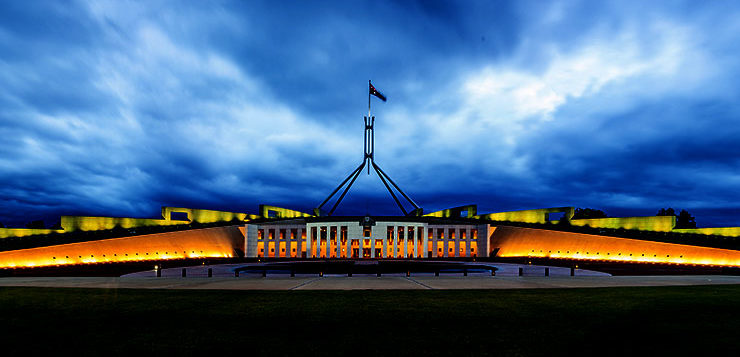Queensland braces for yet another cyclone. The state and federal governments urge people to “prepare”. The irony of this word vibrates with layers of government betrayal. In this era of obvious and repeated climate chaos, there’s no preparation, just a dance of reaction, and the punchline is costing our society dearly, writes Dr Margi Prideaux.
The final act of the latest UN climate summit, COP28, now dubbed the UAE consensus, is nothing more than a reluctant nod, a theatrical gesture as the planet hurtles toward a climate catastrophe.
Meteorologists across the world, with bitter irony, have declared 2023 was the hottest year on record. El Niño’s ominous touch in 2024 threatens global temperatures that breach the 1.5°C threshold, tipping the world into a climate calamity with a twist of absurdity.
Global distractions provide ironic relief for Australian governments keen to promote their handle on domestic affairs. Wars in Ukraine and Gaza cast shadows. Civil strife ignites in Sudan and Ethiopia. The global populace heads to the polls amid geopolitical quakes. Pro-independence tremors in Taiwan add spice to tensions with China. The spectre of a second Trump presidency haunts the US. In Europe, climate action is, once again, a political punchline in this dark irony.
Meanwhile, Australian climate-driven disasters pirouette out of control.

Queensland’s second cyclone in as many months is just the next in a line of climate-driven disasters that have been escalating since the Black Summer wildfires of 2019-20. Most of the changes observed over this past decade will continue into the future. CSIRO’s projections for Australia predict hotter days, more frequent wildfires, worsening droughts, declining snow depths, intense rainfall, rising sea levels, and acidic oceans. It’s like a sketch from Mother Nature’s own recurring joke.
The punchline, amidst all this evidence: Australian governments are delaying their adaptation actions into their future -hoping the high-profile goal of net-zero will deliver a silver-bullet – and remain fatally ill-prepared for present climate breakdown.
On the surface, it appears like the attention, intention, and funding is there. Yet, despite a myriad of inquiries, reports, scientific papers, and pleading cries from communities, government disaster preparedness is nowhere to be seen. There is money in the system, but it is being directed inward, building up agencies, policies, websites, and government staff, all with a soft goal of ‘education and communication’.
On paper, it looks like commitment. At the coalface, it is a tragicomic spectacle – lives destroyed, nature obliterated, personal and government costs soaring. Australia, a landscape etched in fire, flood, and drought, now faces these disasters at an unprecedented scale, frequency, and overlap. And we are not adapting.
Even the new Australian Warning System is mocked as a ‘dog’s breakfast’ and a ‘cock-up of massive proportions’. A scene that painfully demonstrates how relying on education and communication is fatally flawed; warnings arrive too late, prompting reactions, not proactive preparation.

It’s the same stumble, fall, and repeat with each climate-driven disaster since Black Summer. Meanwhile, costs soar. In the US, 2023’s climate-driven disaster costs neared $93 billion for 333 million people. In Australia, with a population of a mere 26 million, current disaster costs already sit at around $38 billion annually – more than five times per capita – and are projected to soar to $73-94 billion by 2060.
A Deloitte report from 2021 warned of a $1.2 trillion cumulative cost over 40 years, even with low emissions. A significant chunk of this could be averted with adaptation and preparation; the bitter taste of irony, seasoned with a sprinkle of dark humour.
Education and communication do not create community resilience; they can only activate what’s already been built. From the ashes of Black Summer, wildfire preparedness funding proposals have been drafted and declined. Areas that need more fire tracks, earth breaks, cool controlled burning of fuel loads, community radio communication networks, and permanent water filling stations for firefighting – activities that necessitate costly government applications and labyrinthine approval processes – are being denied funding because they deviate from state and federal governments’ fixation on ineffective education and communication.
Our state and federal governments’ neglect of investing in community-level resilience measures is a profound betrayal.

In 2022, UN General Secretary António Guterres condemned the world’s “empty pledges that put us on track to an unliveable world” and warned that “we are on a fast track to climate disaster”. For those who’ve not faced a firestorm, charging flood waters, or heat dome, the consequences of climate chaos are hard to grasp. People shy away from believing these storms will trigger regional or even local social collapse, but they already are.
While the world lampoons its way to net-zero, and 2024 sardonically threatens to tip too many balances too far, communities in Australia and across the world are being devastated by apocalyptic wildfires, killer heat domes, catastrophic rain bombs, lethal floods and mudslides, deadly droughts, and violent sandstorms because their governments have not invested in adaptation and preparedness.
Lives are lost, people abandon homes never to return. Nature is annihilated. Many communities won’t bounce back.
People can only be pushed so far. Soon, these isolated events will coalesce into a devastating wave of climate anger, and the curtain will fall, leaving the audience wondering if the singular focus on net-zero has also been a tragedy, or a farce.
Donate To New Matilda
New Matilda is a small, independent media outlet. We survive through reader contributions, and never losing a lawsuit. If you got something from this article, giving something back helps us to continue speaking truth to power. Every little bit counts.




